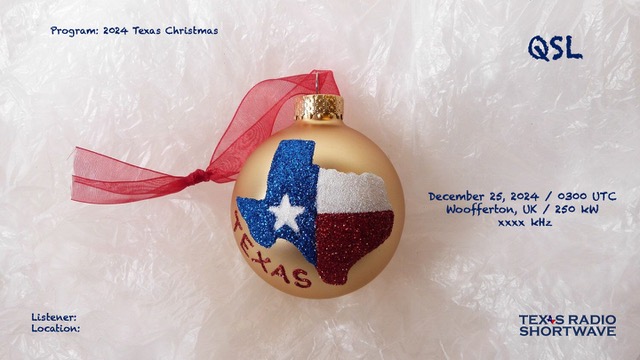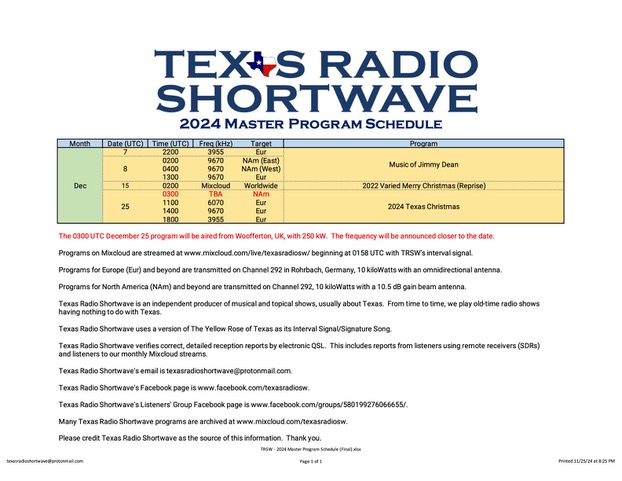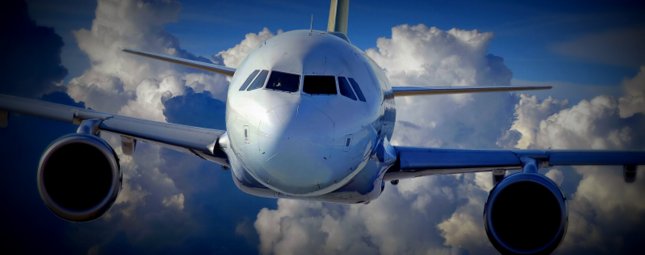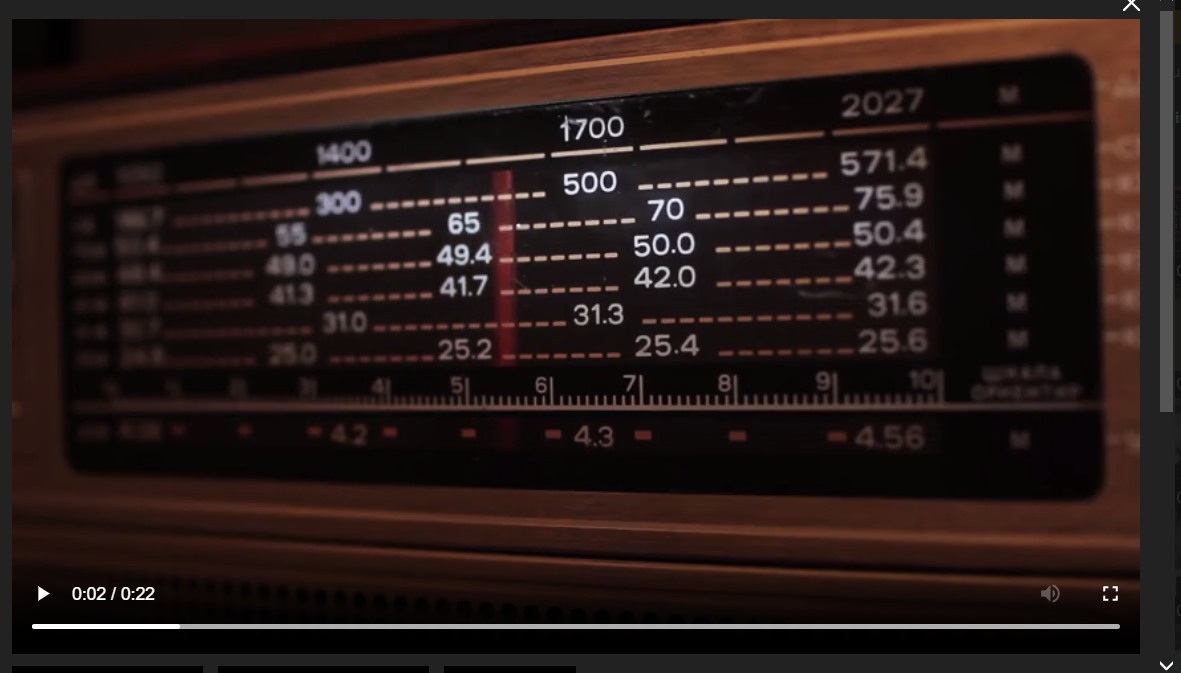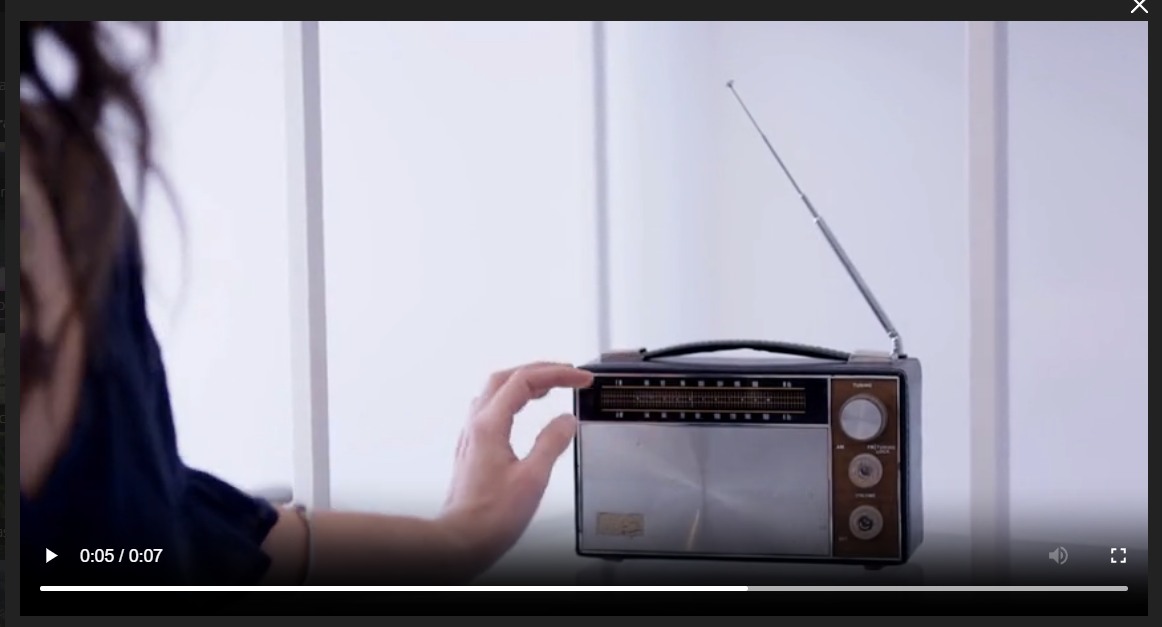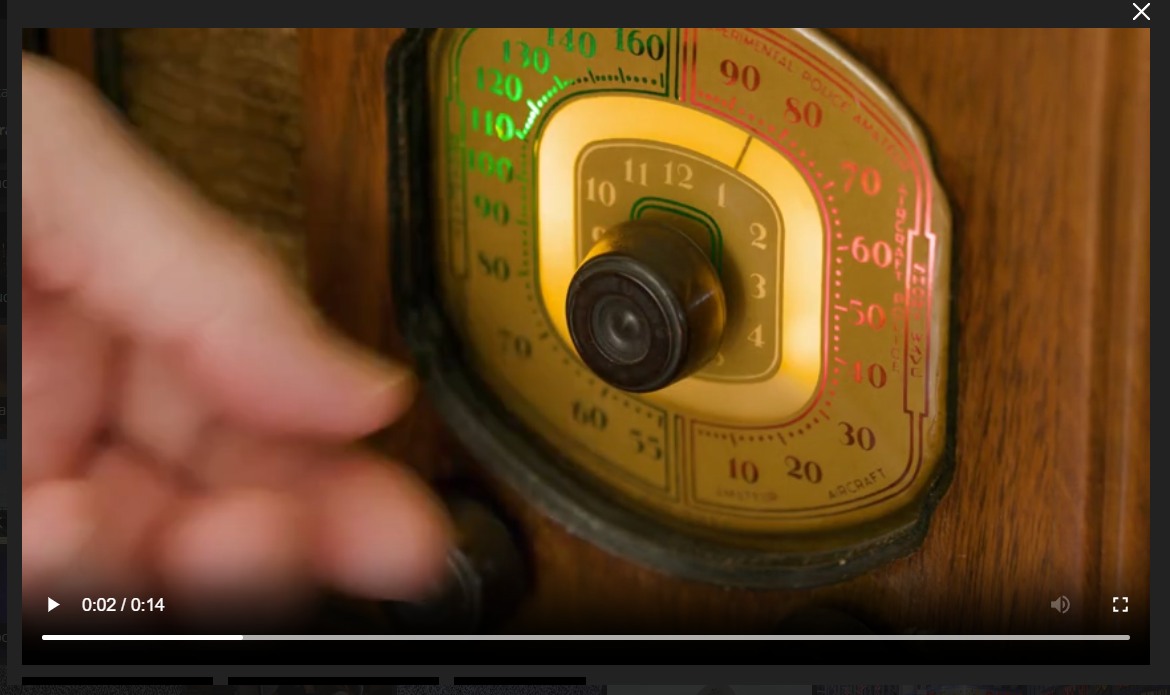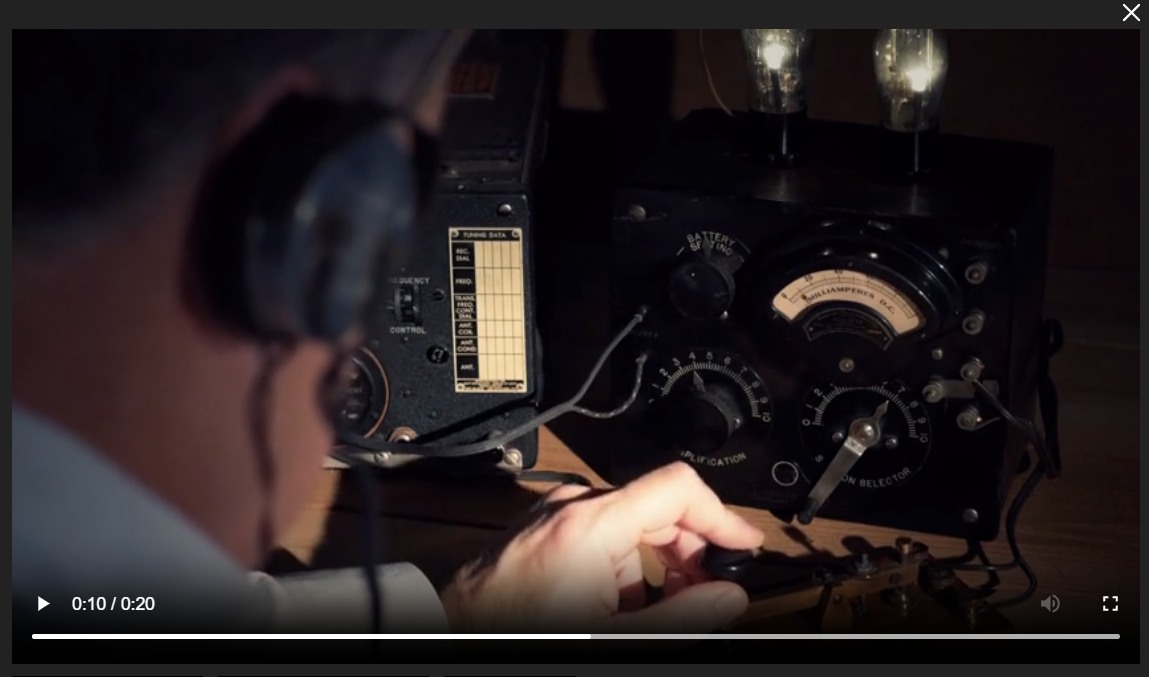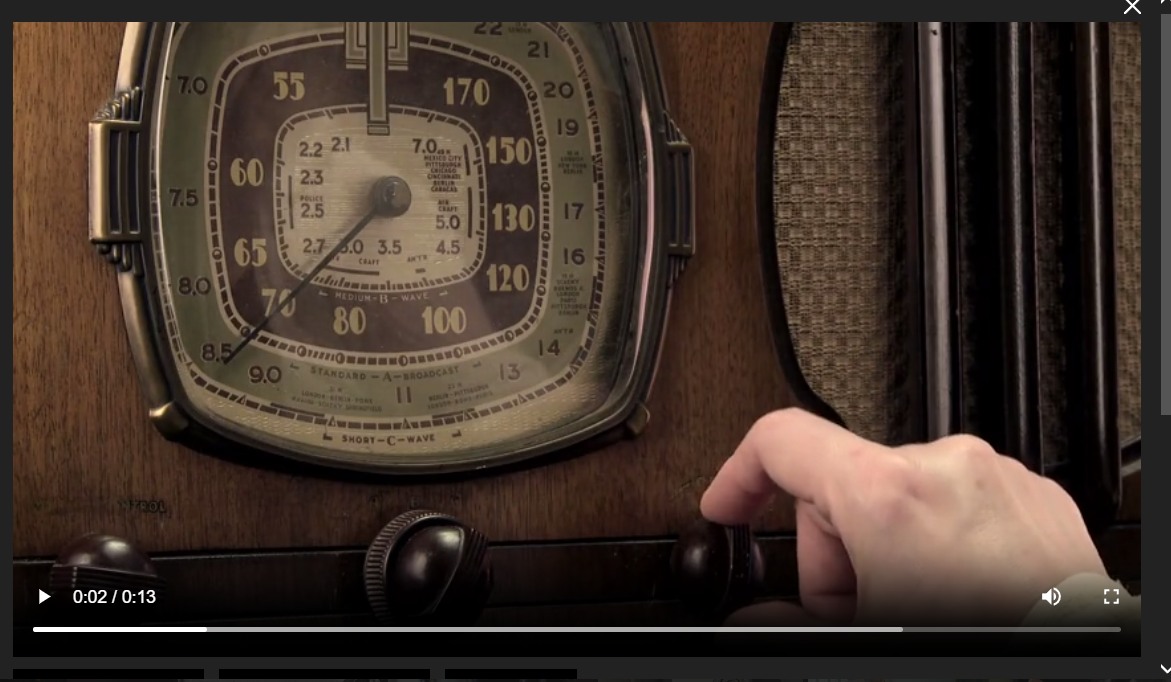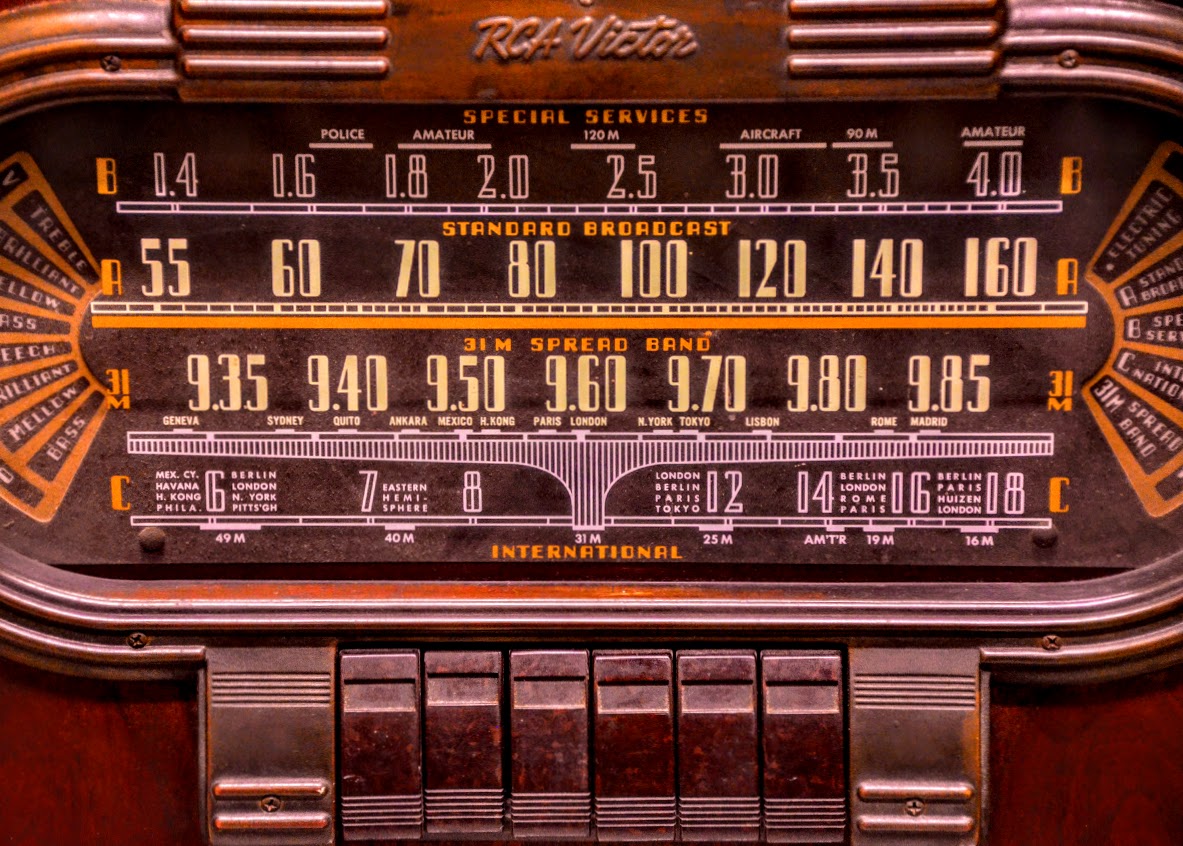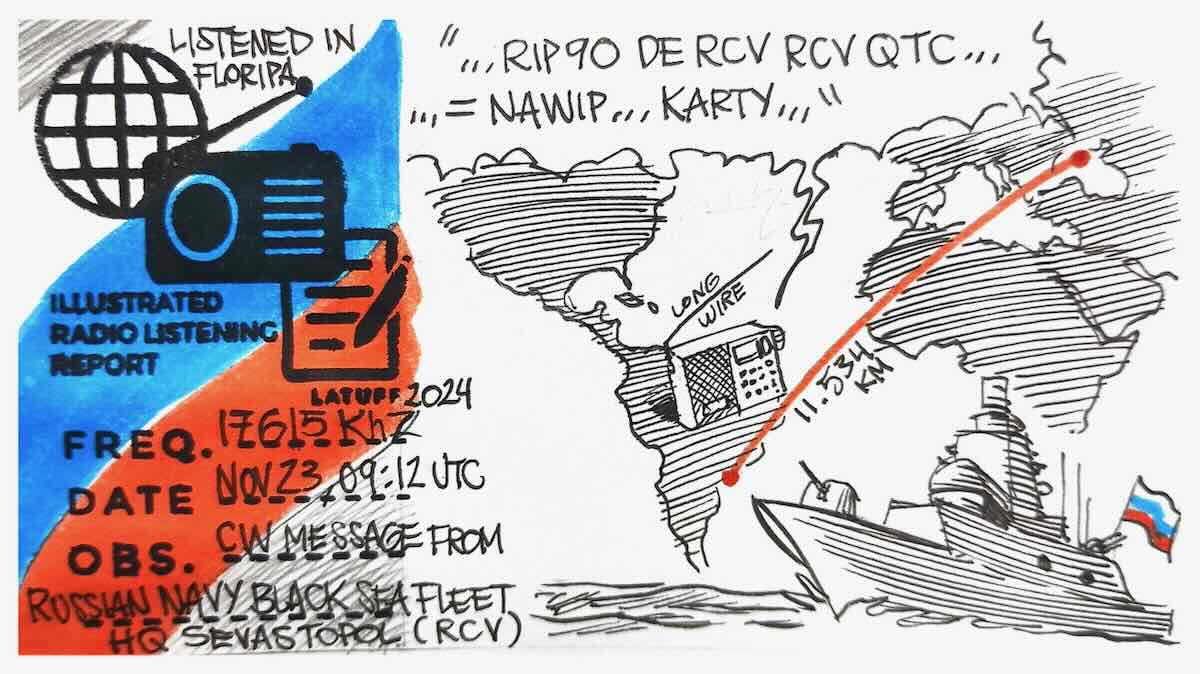 Many thanks to SWLing Post contributor, TomL, who writes:
Many thanks to SWLing Post contributor, TomL, who writes:
I wanted to share with you a YouTube channel “SWL” from Andre in Johannesburg, SA. He is an avid SWLer and routinely does head-to-head comparisons of portable radios. He has been doing weekly Radio News the last couple of months and has a very pleasant delivery of news and reception reports. Let’s give him some love and share his YouTube channel on SWLing Blog so people can be introduced to him. He plans to keep doing these weekly news readings as long as there is interest. In this video he talks about:
-
- Tecsun PL660 discontinued, PL680 will be higher priced.
- AWR stops using Moosbrunn, Austria site.
- BBC Somali broadcast inconsistencies.
- Two reception reports from Istanbul and India.

